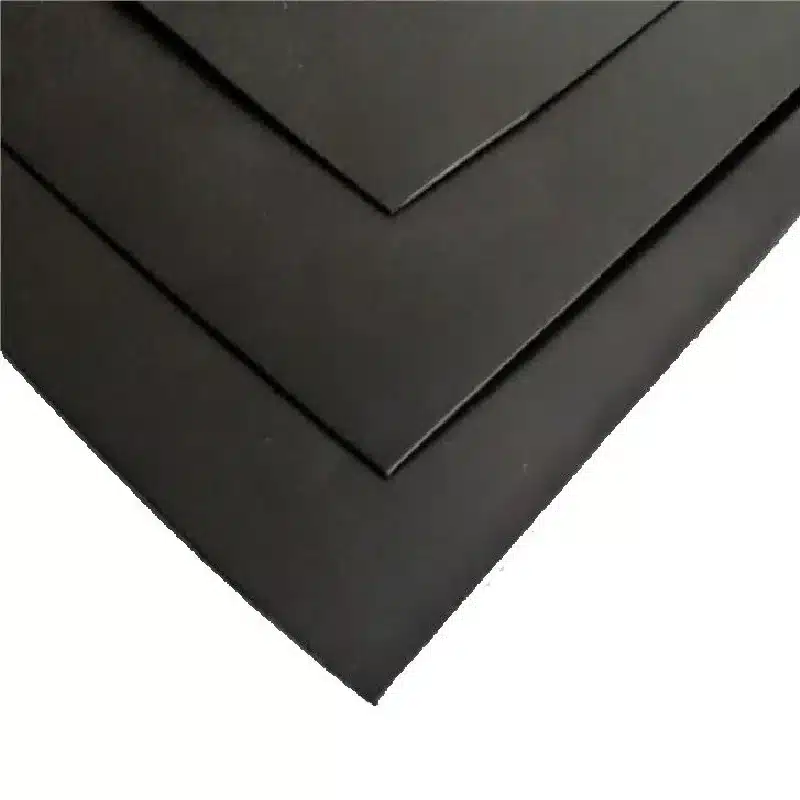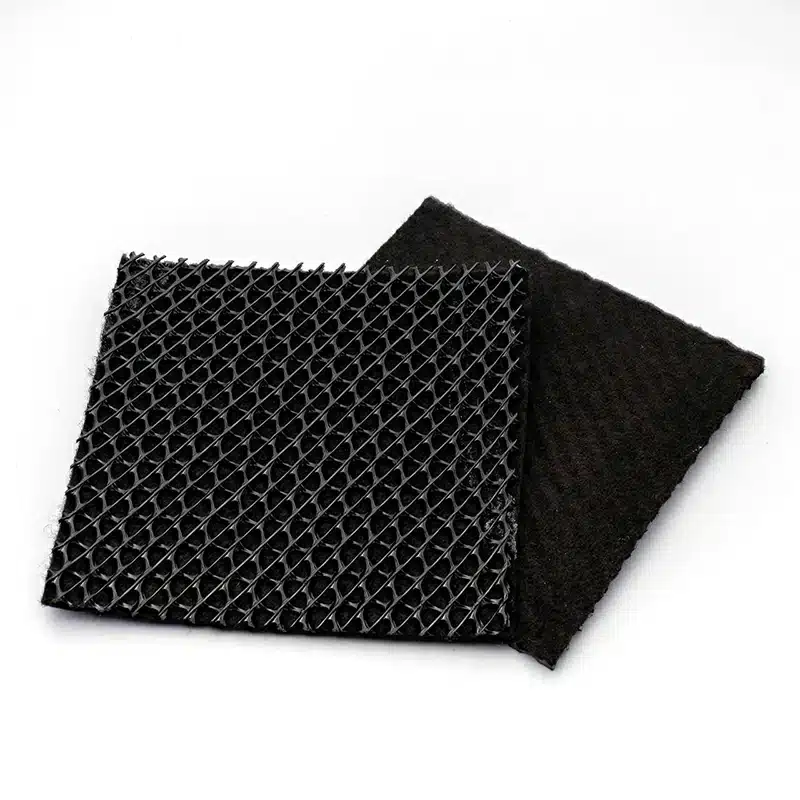+86-159 9860 6917
info@geofantex.com
geofantex@gmail.com
+86-400-8266163-44899
Erosion control is a critical aspect of environmental management and landscape preservation. Geosynthetics have emerged as a highly effective solution in this domain. This article delves into the use of geosynthetics for erosion control, exploring their types, applications, and benefits. We will answer key questions to provide a comprehensive understanding of how geosynthetics are utilized for soil stabilization and erosion control, particularly in challenging terrains like slopes.

What are geosynthetics used for in soil stabilization?
Geosynthetics are extensively used in soil stabilization, often serving as a lime or cement stabilization substitute for stability, to enhance the soil’s physical properties, thereby increasing its strength and durability. They provide reinforcement, separation, filtration, and drainage, which are crucial in maintaining soil integrity. Geotextiles, for example, are used to separate layers of soil with different particle sizes, preventing mixing and loss of material, effectively replacing traditional methods like lime or cement stabilization. Geogrids, on the other hand, reinforce the soil by creating a more stable base, especially in road construction and slope stabilization, offering an alternative to conventional stabilization techniques.
What type of geosynthetic system would be used when erosion needs to be controlled on slopes?
For controlling erosion on slopes, geocells, geomat or biomat, and erosion control blankets (ECBs) are commonly used. Geocells are three-dimensional, honeycomb-like structures that hold soil and vegetation in place, reducing the risk of soil erosion, much like a geomat or biomat. They are particularly effective on steep slopes. Erosion control blankets, including geomats or biomats made from natural or synthetic materials, protect the soil surface from water and wind erosion, while also promoting vegetation growth, which further stabilizes the slope.

How do geosynthetics compare to traditional methods of erosion control?
Geosynthetics offer several advantages over traditional methods like rock riprap, concrete, or vegetative covers. They are generally more cost-effective, easier to install, and require less maintenance. Geosynthetics provide superior flexibility and adaptability to various terrains and environmental conditions. Additionally, they have a lower environmental impact, as they often require fewer raw materials and cause minimal disturbance to the natural landscape.
Can geosynthetics be used in both temporary and permanent erosion control applications?
Yes, geosynthetics are versatile and can be used for both temporary and permanent erosion control applications. Temporary applications include use in construction sites, where they prevent soil erosion until permanent vegetation or structures are established. For permanent solutions, geosynthetics are used in areas like coastal shorelines, riverbanks, and steep slopes, where they provide long-term stability and protection against erosion. The durability and adaptability of geosynthetics make them suitable for a wide range of scenarios, ensuring effective erosion control over extended periods.
In conclusion, geosynthetics offer a modern, efficient, and environmentally friendly solution for erosion control in various settings. Their versatility, cost-effectiveness, and ease of installation make them a preferred choice for soil stabilization and erosion management in both temporary and permanent applications. As technology advances, the use of geosynthetics in erosion control is expected to grow, offering sustainable solutions to one of the most pressing environmental challenges.



Get Free Sample
We’ll respond as soon as possible(within 12 hours)






















